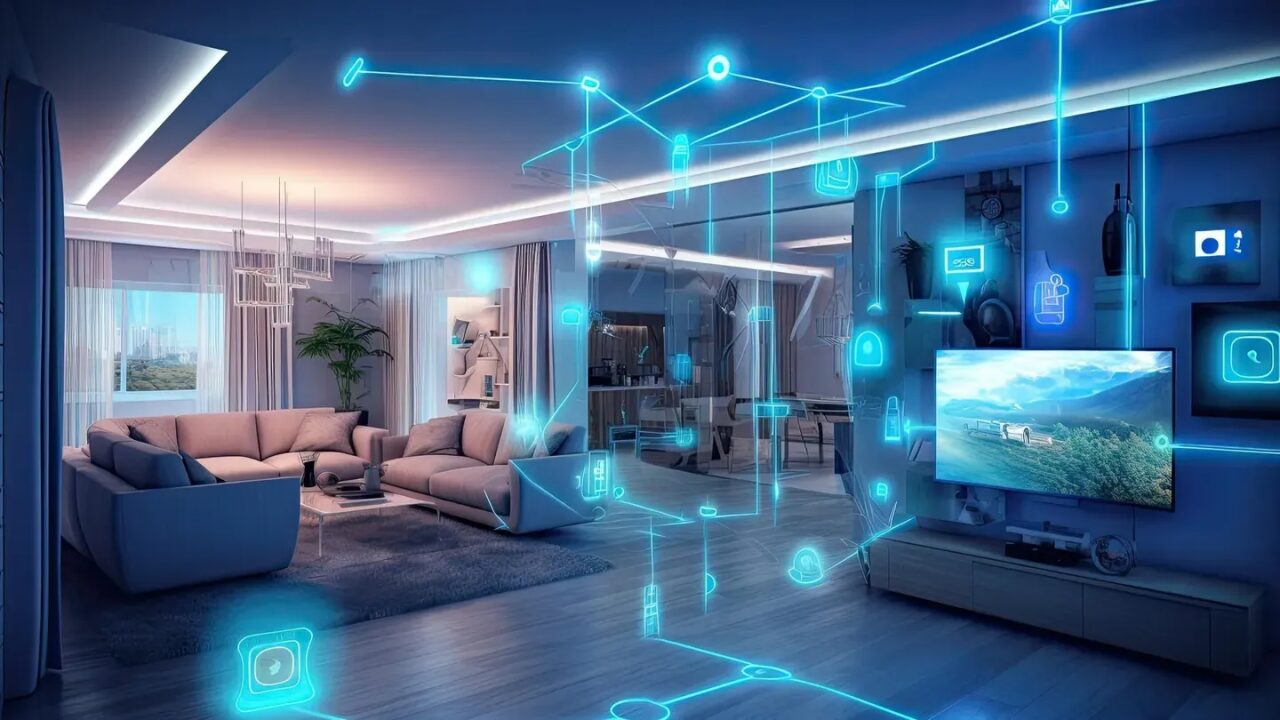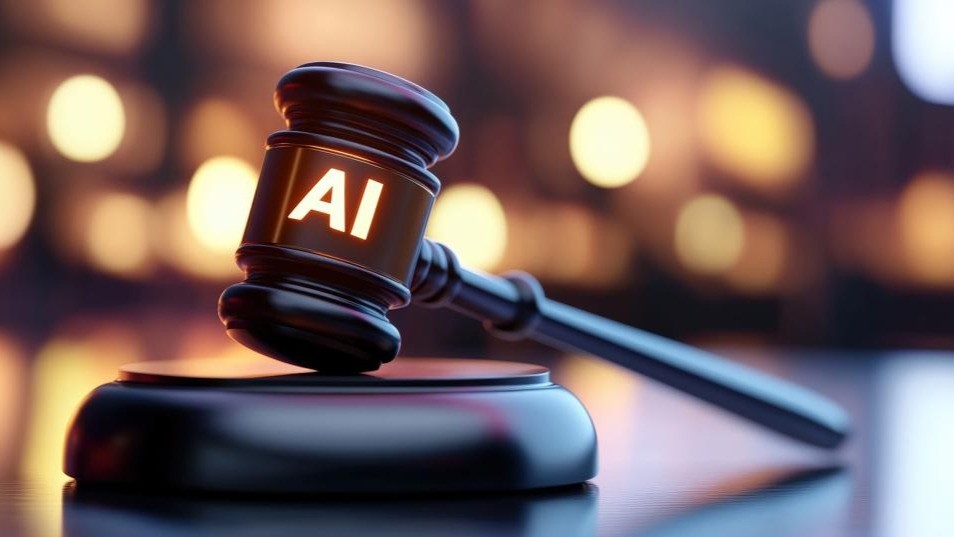The Amazing Ways You Can Combine AI, 5G, And Machine Vision To Transform Fish Farming
2 July 2021
We certainly have a global food challenge that is exacerbated by environmental concerns. But could new technology such as artificial intelligence, machine vision, and 5G networks help us find a solution? Norwegian salmon farming company Cermaq has launched its first-of-its-kind iFarm project. This five-year experiment will run until 2025 with tech partners BioSort and ScaleAQ, to further understand how technology can optimize fish farming operations. Others in the industry are also testing out solutions to better optimize fish production.

Individualized Approach to Salmon Farming
One of the benefits of leveraging technology in salmon farming is that it allows an individualized approach to supporting each fish’s health and development. Previously, if there was a lice outbreak in a fish population, which is a common issue in salmon farming, all fish would get treated. However, this parasite doesn’t attack each fish in the same way. Being able to identify which fish needs treatment rather than treating every fish in the system helps reduce overall stress from unnecessary handling.
Similar to the health needs of a fish, machine vision can identify and track feeding needs for individual fish in the pen. The technology recognizes individual fish in the system by their unique markings and then can track if and when they fed last to properly care for them. This ability to customize the care for each fish represents an enormous leap for the aquaculture industry and also can ensure that fish are only harvested when it’s time.
Each iFarm system has 150,000 fish that are enclosed in a net pen in the sea. In the iFarm system, the fish are kept lower in the pen because a net roof is used. When a fish rises to refill their air bladders, they are funneled through a chamber where a sensor scans, recognizes the fish and records data on that particular fish.
The sensors and internet of things devices automatically process images to recognize fish then feed data to artificial intelligence algorithms that analyze the data. These data points include everything from weight and development to any signs of illness or wounds. All this data can then be reported to help simplify the management of the iFarm system and allow for data-based decision-making.
Cermaq’s goal is to strengthen fish farming in coastal areas because the future of Norwegian fish farming depends on finding sustainable and cost-effective production. The company was awarded four development licenses for the project, and it’s become a collaboration between many people and entities to get to this stage, which is releasing the first smolt into the pens.
Consistency of a 5G Network Enables the Tech
There’s been a lot of talk about the superfast speeds of 5G mobile network, not just for consumer wants like incredible download speeds for movies, but for the transformative impact it can have on industries. In aquaculture, the fish recognition happening through internet of things devices and the data streams back to the management of fisheries is made possible by 5G. In contrast, undersea fiber optic cable is difficult to maintain. The introduction of 5G enables high-quality cameras and data feeds that power the technology of the fisheries.
Another 5G pilot program took place at salmon farm Scottish Sea Farms as internet-connected sensors gathered data about seawater temperature, pH, oxygen, and more in the salmon cages. Optimizing the salmon farms is critical because it’s Scotland’s biggest food export and a major contributor to the UK’s national economy.
Alphabet Dives In
Google’s parent company Alphabet and its X research team (formerly known as Google X) is working with fish farms in Europe and Asia on a project they call Tidal. Tidal is developing another system for fish recognition. Similar to Cermaq’s iFarm project, underwater cameras, computer vision, and artificial intelligence track salmon and yellowtail. AI is able to track fish through their development and can distinguish individual fish from subtle differences in shapes and movements that are imperceptible to the human eye. The ultimate goal of the tech is to move toward more sustainability.
These projects are critical for learning how artificial intelligence, machine vision and learning, and 5G can change aquaculture. Since they are in the early stages and the systems are complex, it’s expected that there will be a tremendous opportunity for learning and growth that will result in better outcomes and sustainability in the future.
Where to go from here
If you would like to know more about , check out my articles on:
- Are Alexa And Siri Considered AI?
- How To Put AI Into A Business To Accelerate Performance?
- What Is The Impact Of Artificial Intelligence (AI) On Society?
Or browse the Artificial Intelligence & Machine Learning to find the metrics that matter most to you.
Related Articles
Flying Taxis And Self-Driving Trucks Arrive In 2026: 6 Transport Trends To Watch
By now, “smart” versions exist of just about every home appliance, gadget and gizmos we can think of. However, manufacturers continue[...]
Technology in Action: My Key Takeaways on How AI and Quantum Are Accelerating Global Transformation
By now, “smart” versions exist of just about every home appliance, gadget and gizmos we can think of. However, manufacturers continue[...]
The 10 Biggest Consumer Technology Trends Of 2026
By now, “smart” versions exist of just about every home appliance, gadget and gizmos we can think of. However, manufacturers continue[...]
8 AI Ethics Trends That Will Redefine Trust And Accountability In 2026
By now, “smart” versions exist of just about every home appliance, gadget and gizmos we can think of. However, manufacturers continue[...]
The 7 Banking And Fintech Trends That Will Define 2026
By now, “smart” versions exist of just about every home appliance, gadget and gizmos we can think of. However, manufacturers continue[...]
The 8 Biggest Healthcare Technology Trends To Watch In 2026
By now, “smart” versions exist of just about every home appliance, gadget and gizmos we can think of. However, manufacturers continue[...]
Sign up to Stay in Touch!
Bernard Marr is a world-renowned futurist, influencer and thought leader in the fields of business and technology, with a passion for using technology for the good of humanity.
He is a best-selling author of over 20 books, writes a regular column for Forbes and advises and coaches many of the world’s best-known organisations.
He has a combined following of 4 million people across his social media channels and newsletters and was ranked by LinkedIn as one of the top 5 business influencers in the world.
Bernard’s latest book is ‘Generative AI in Practice’.










Social Media